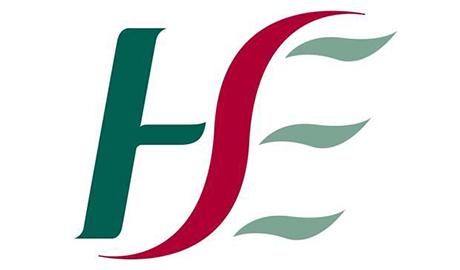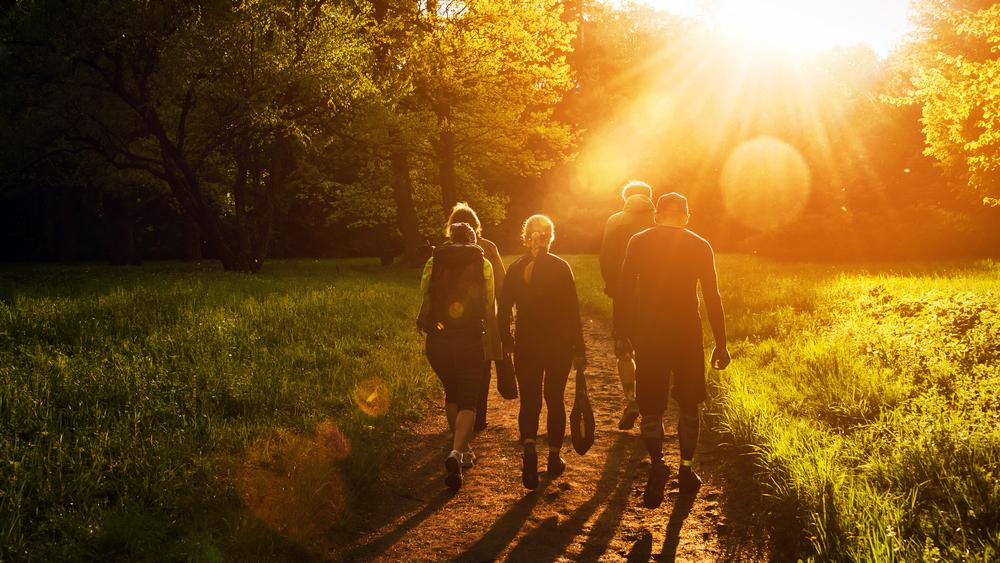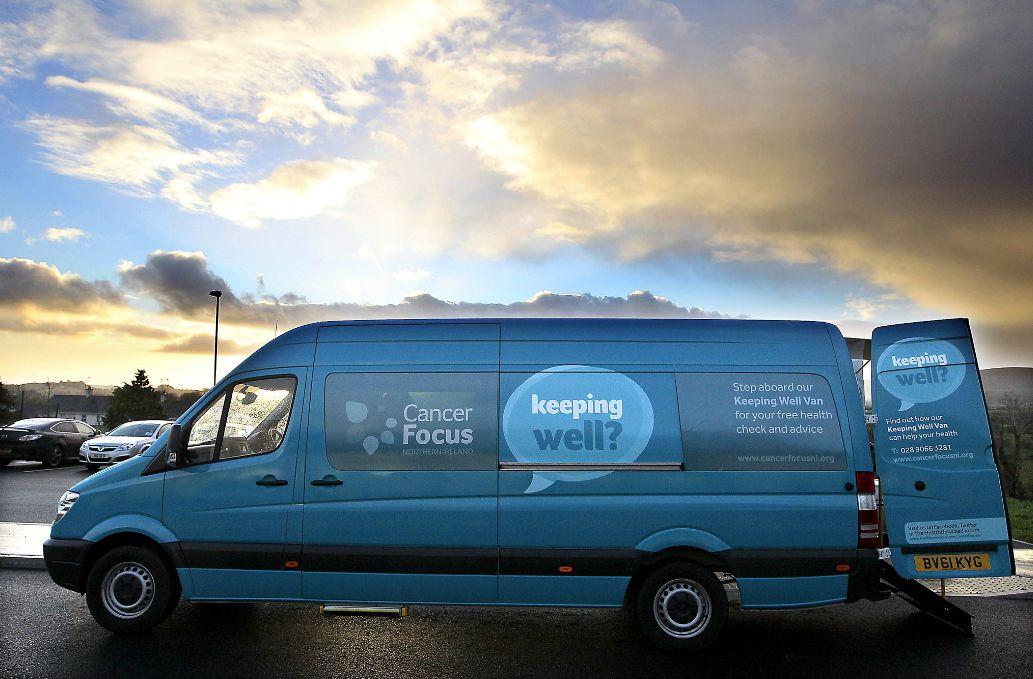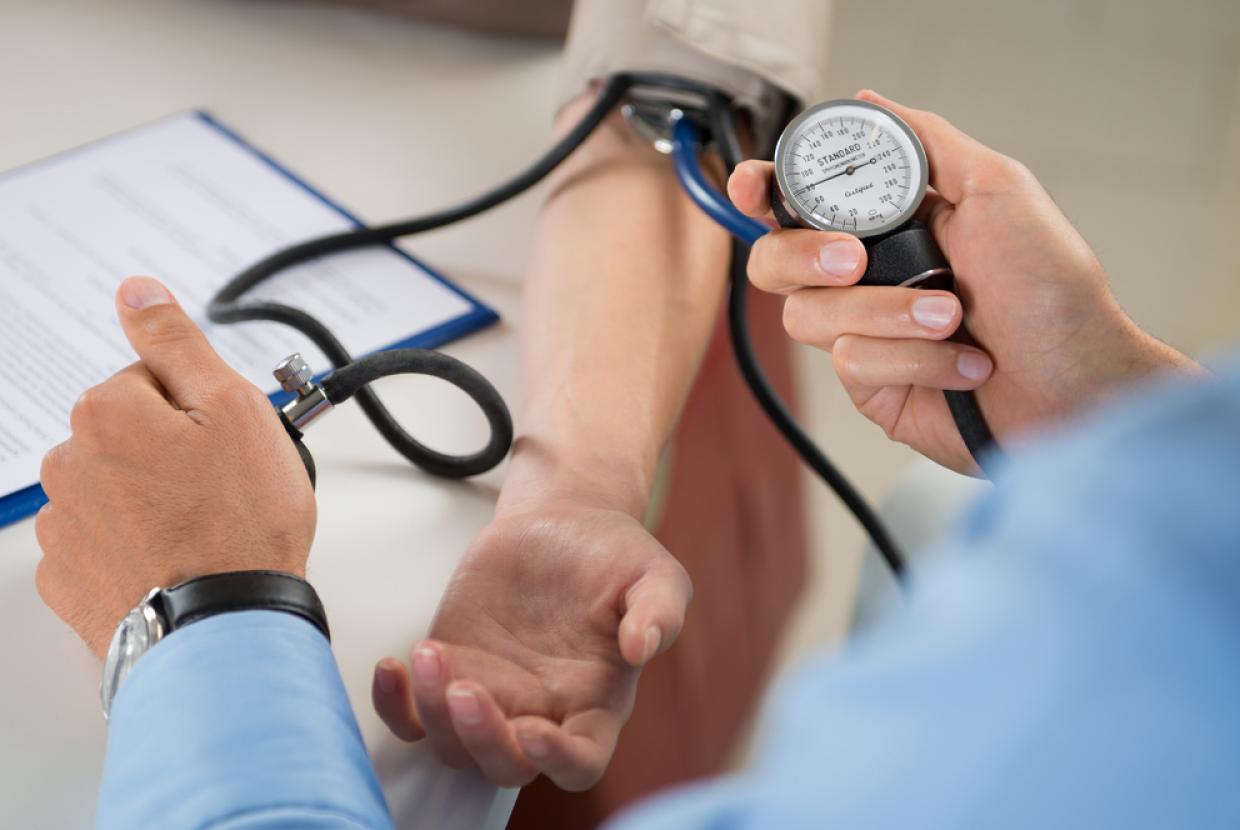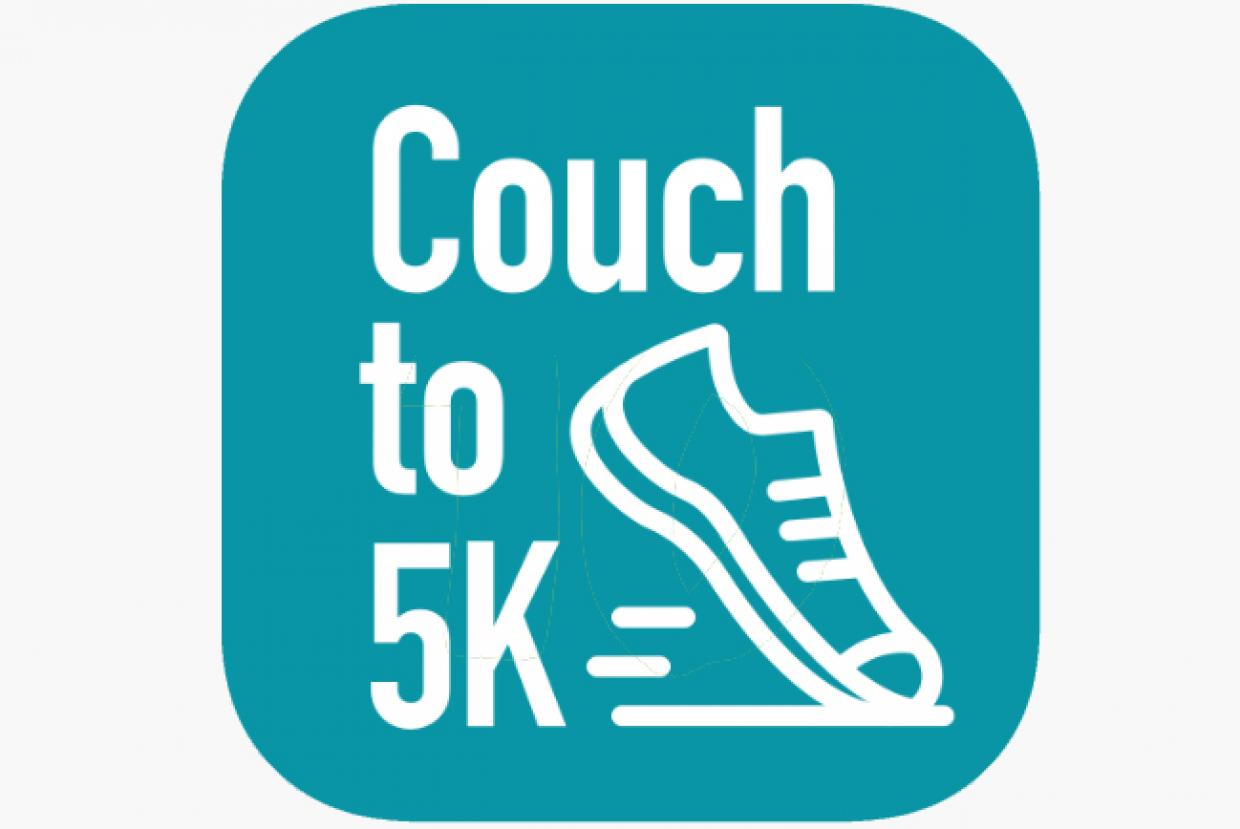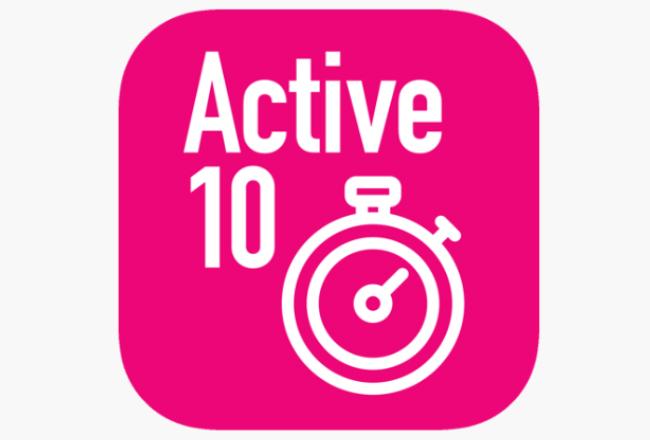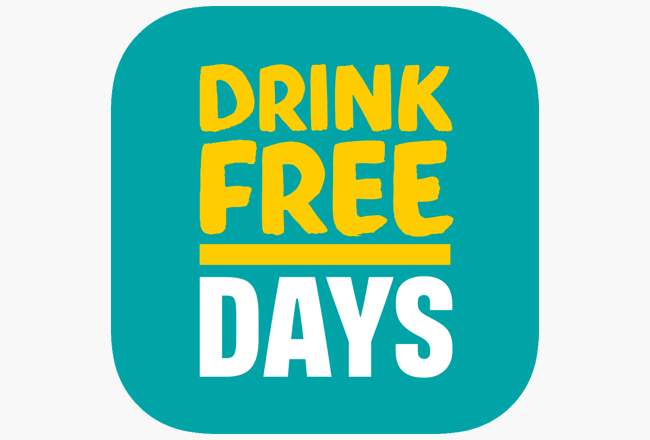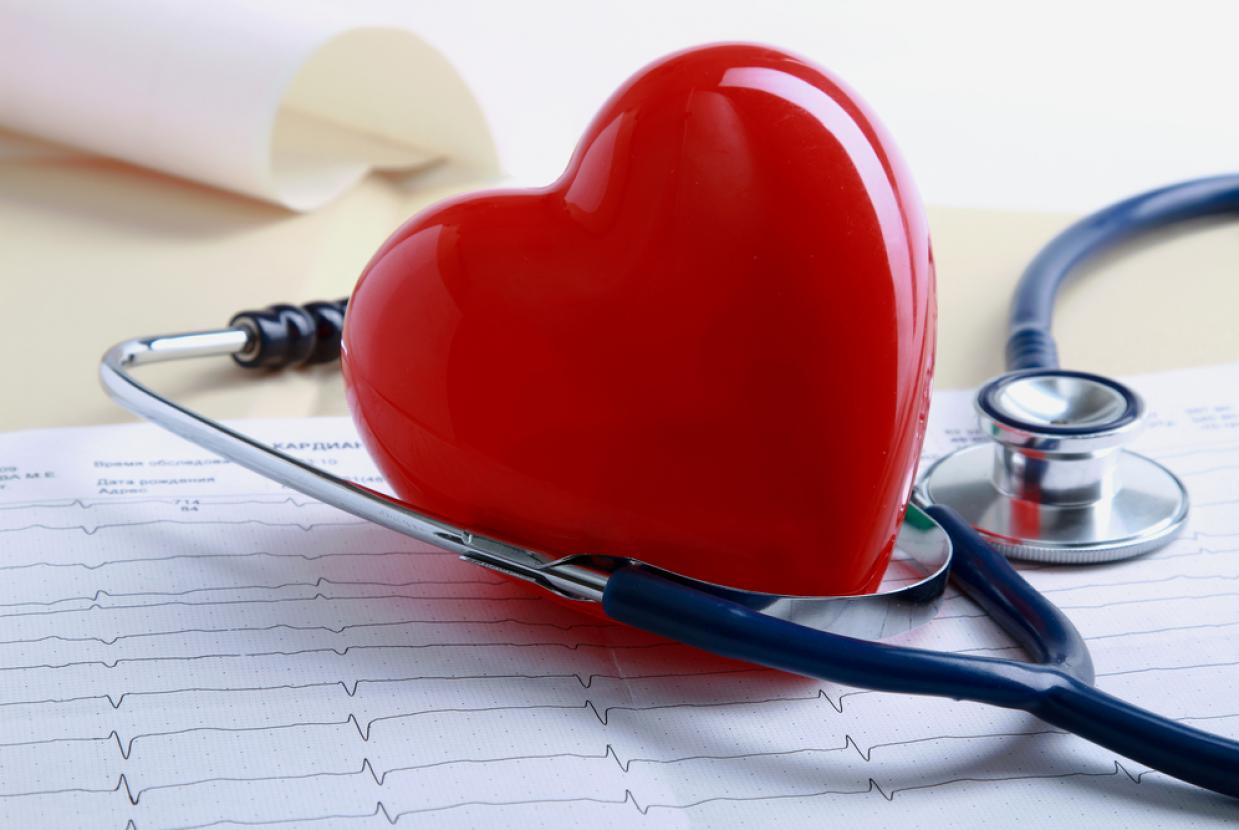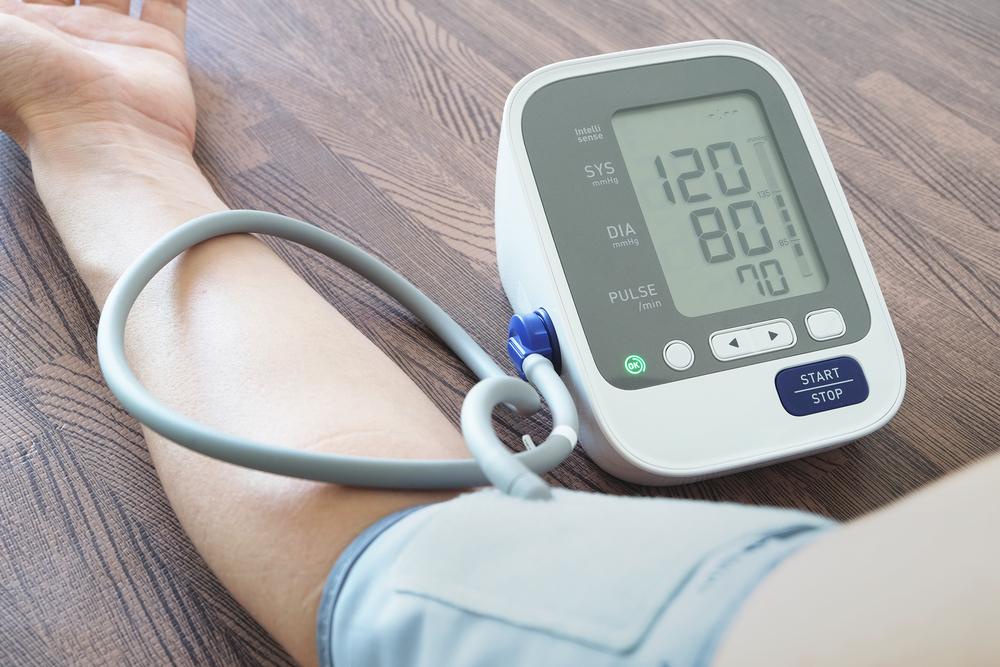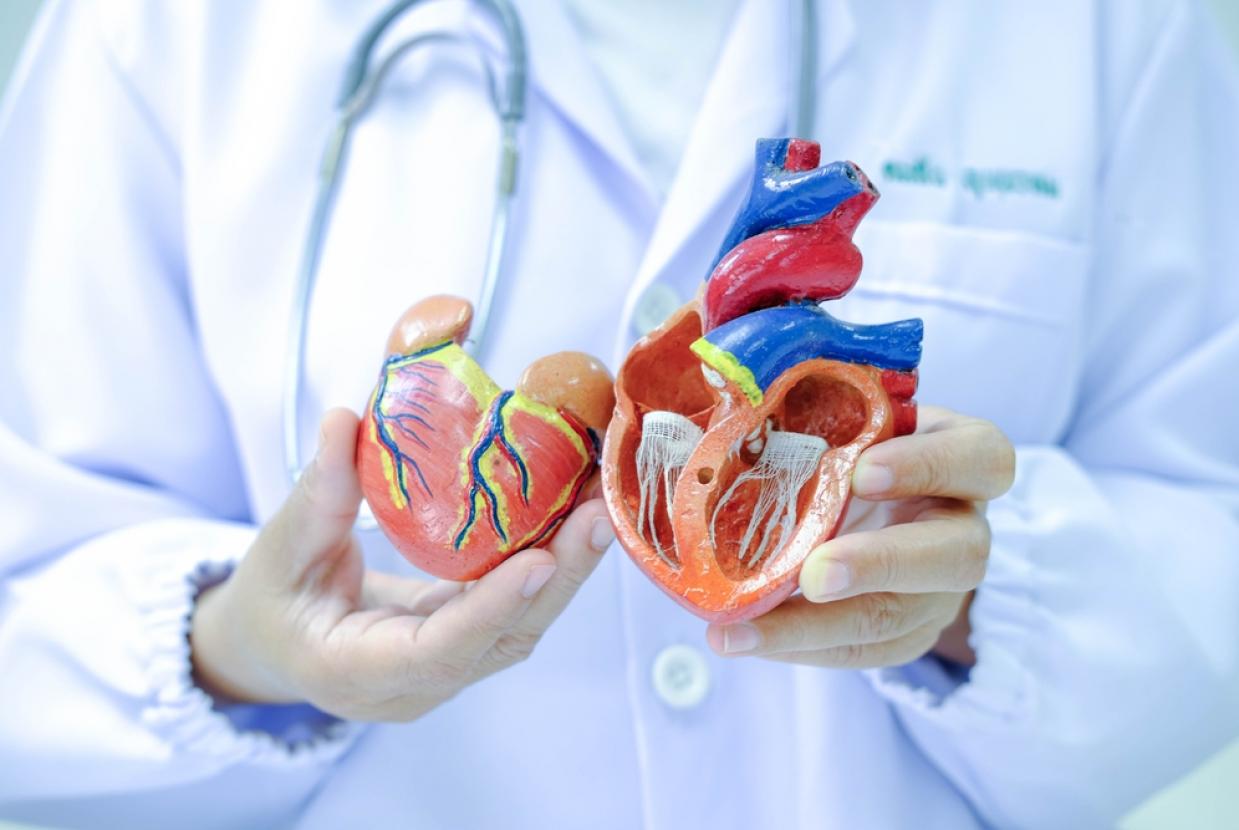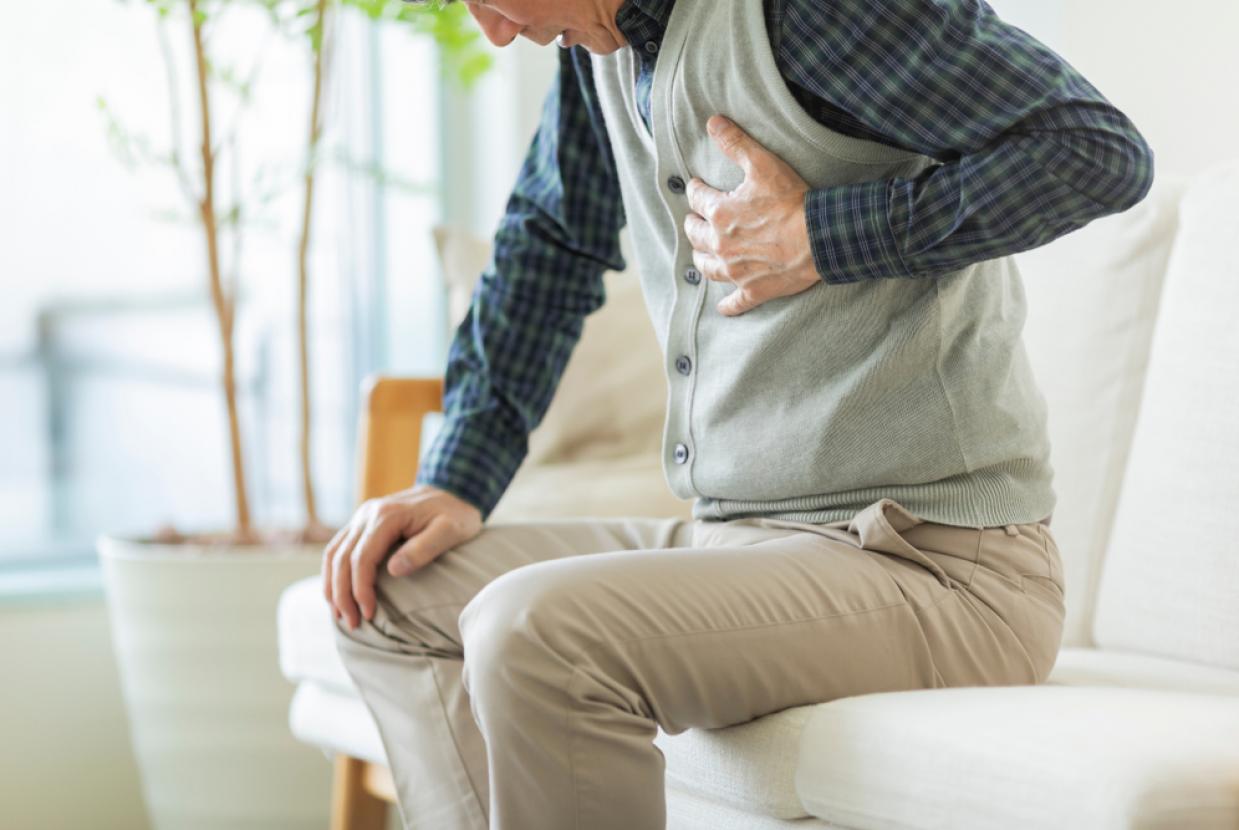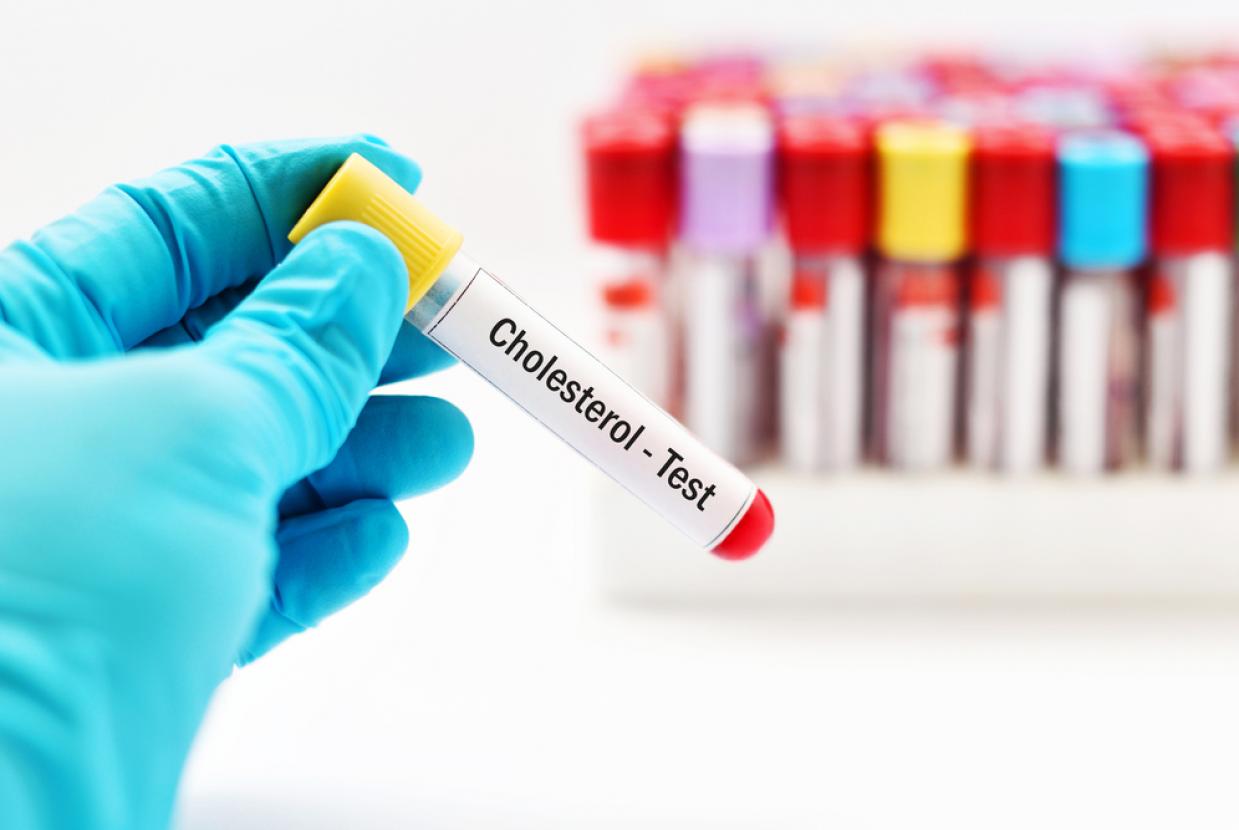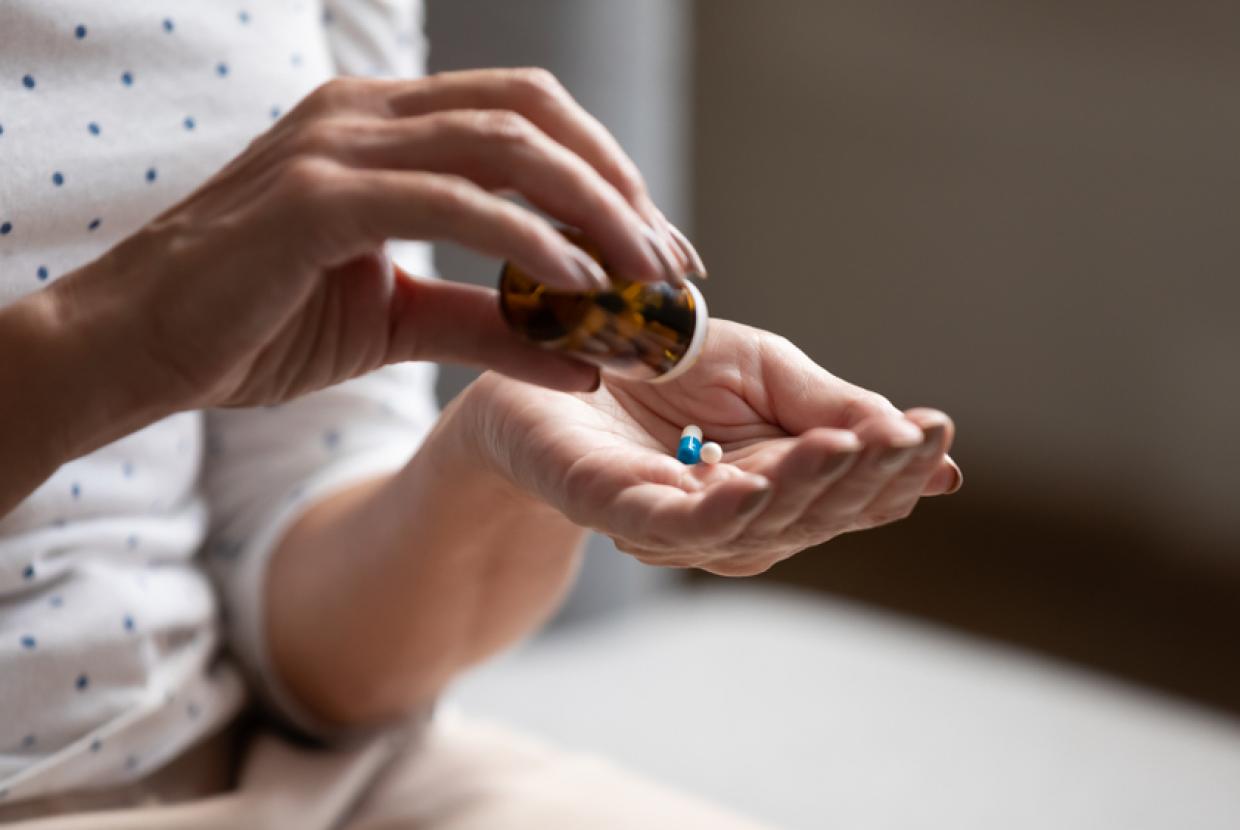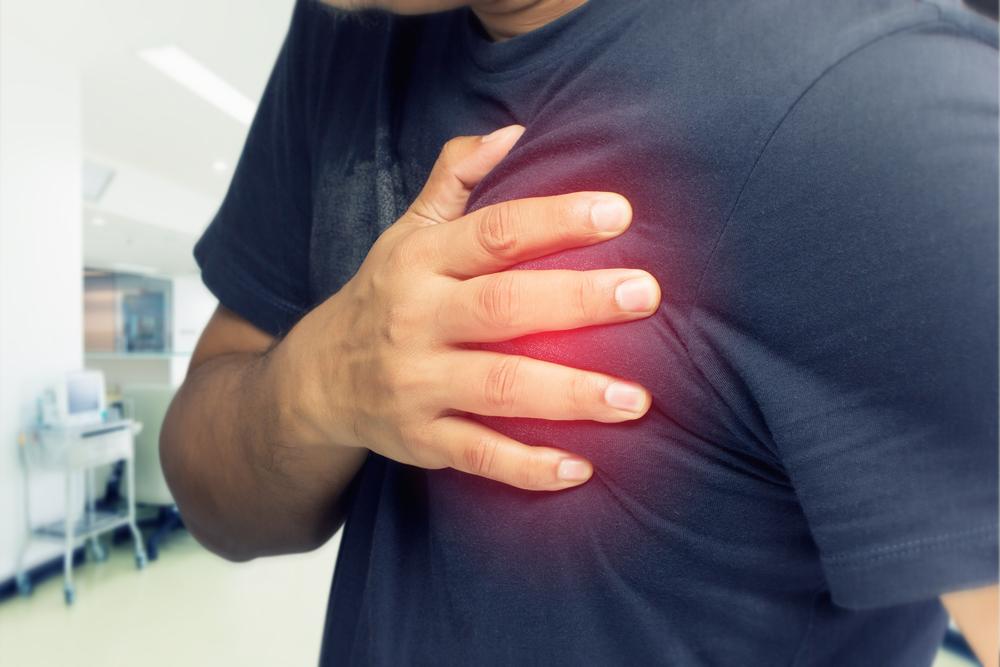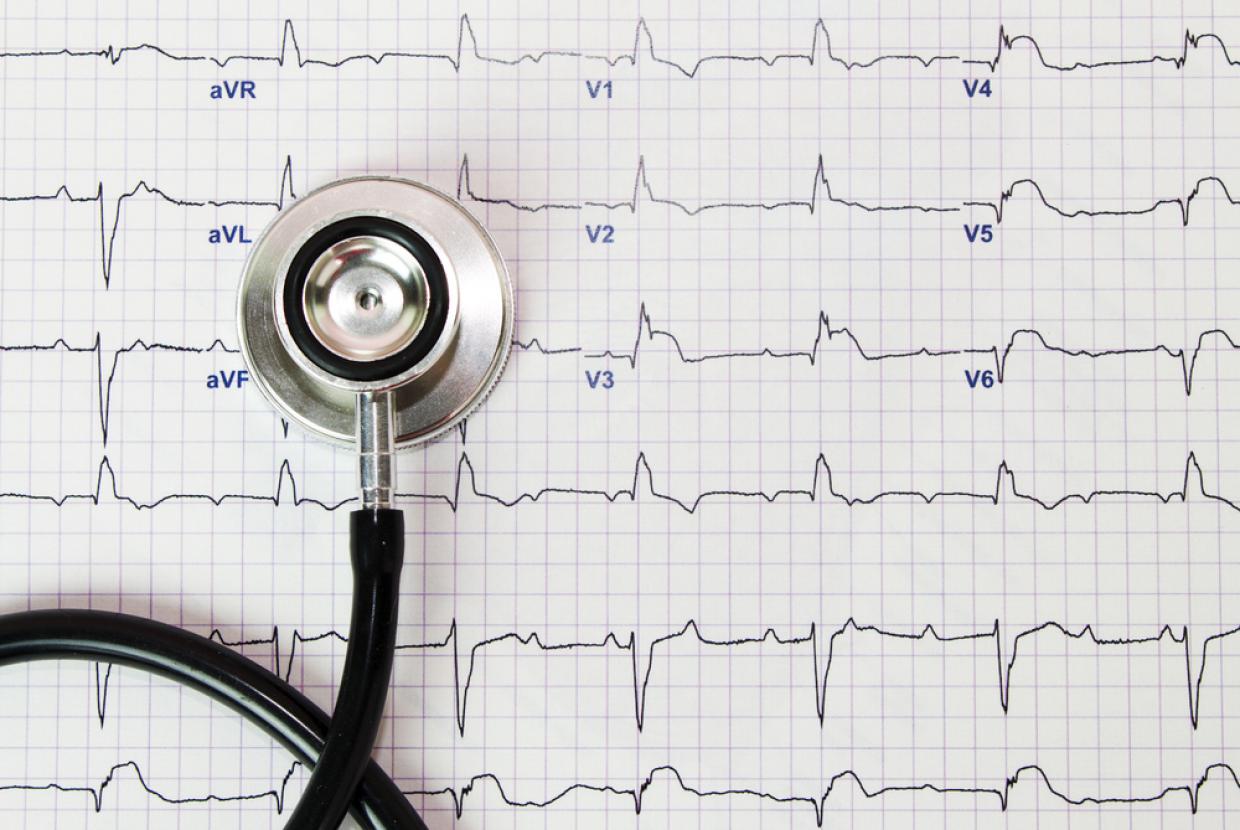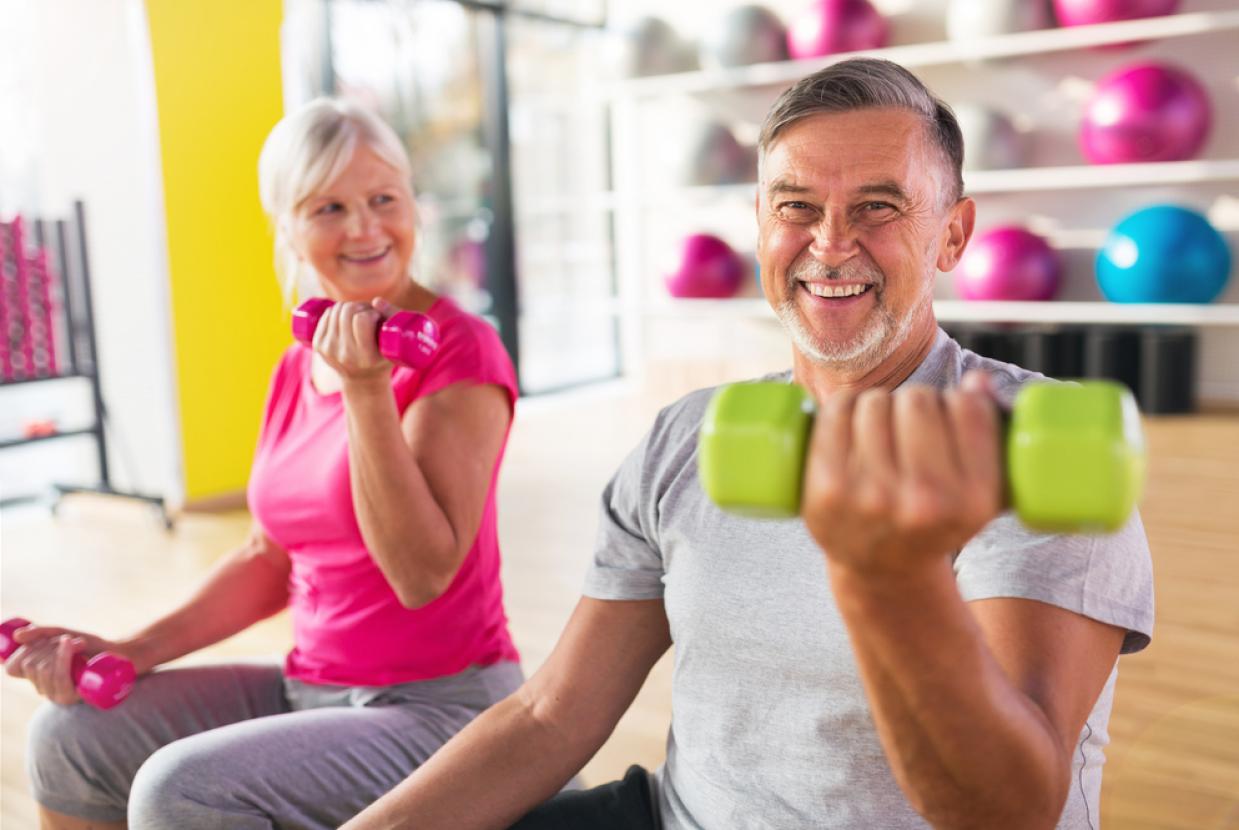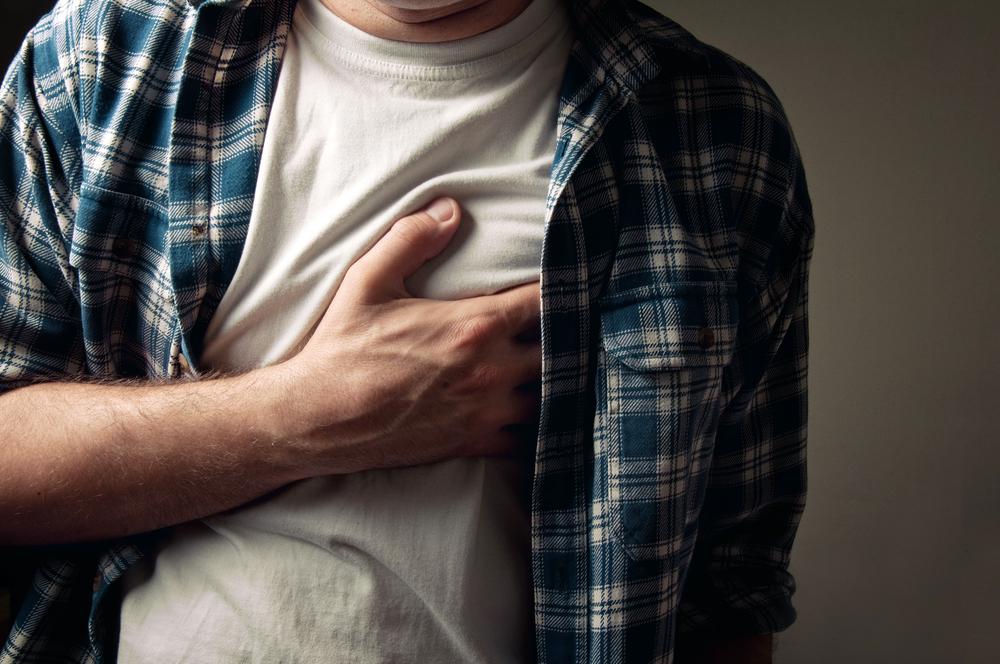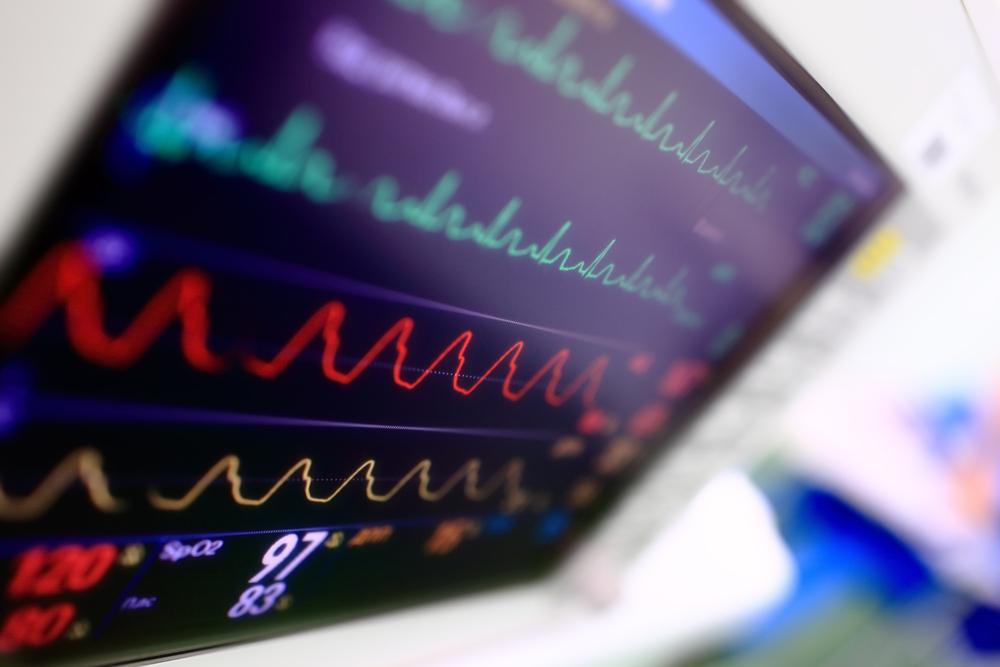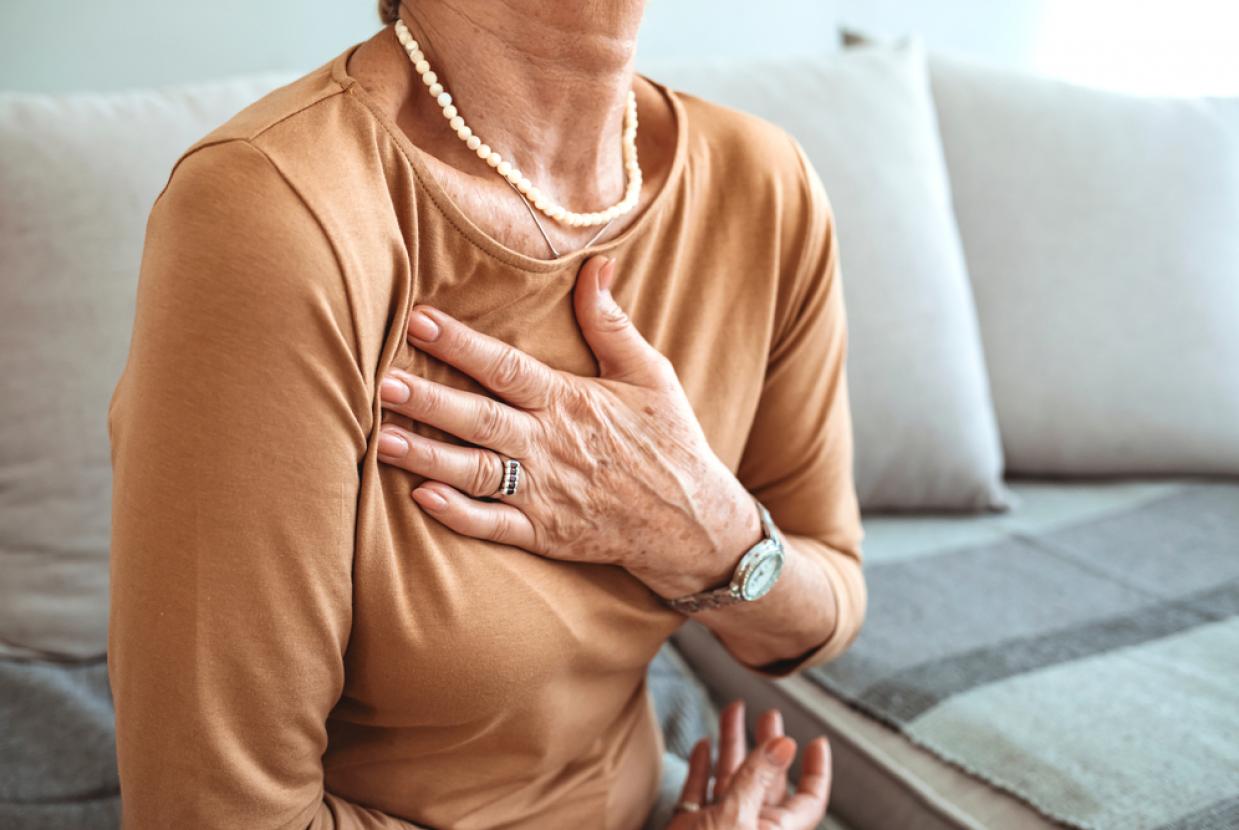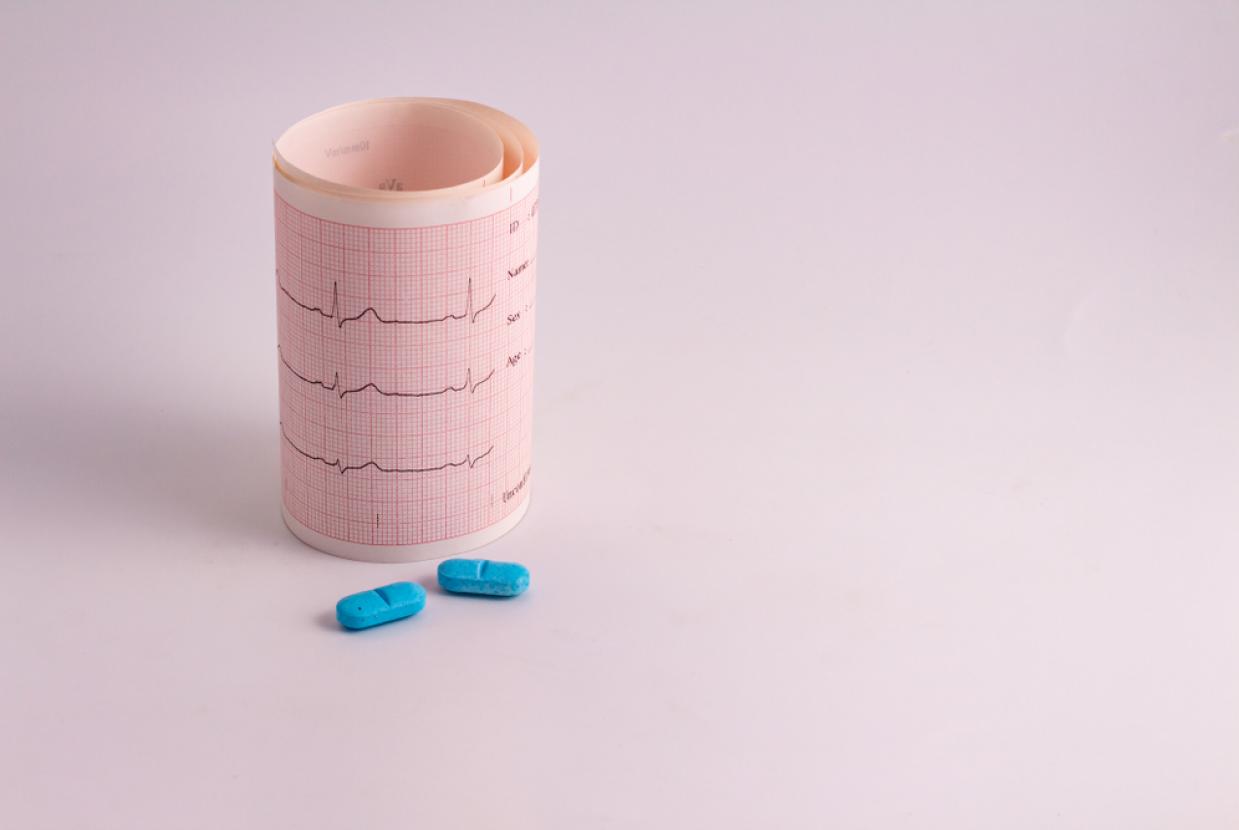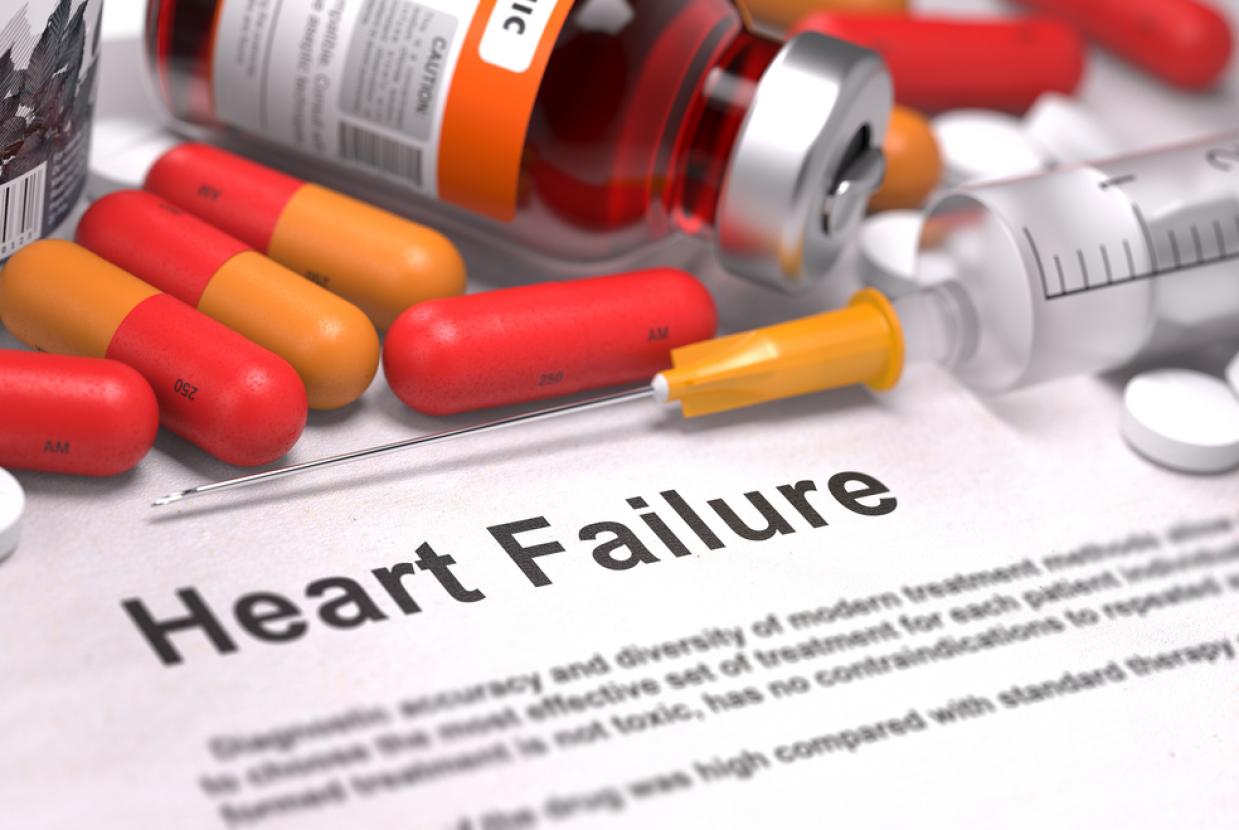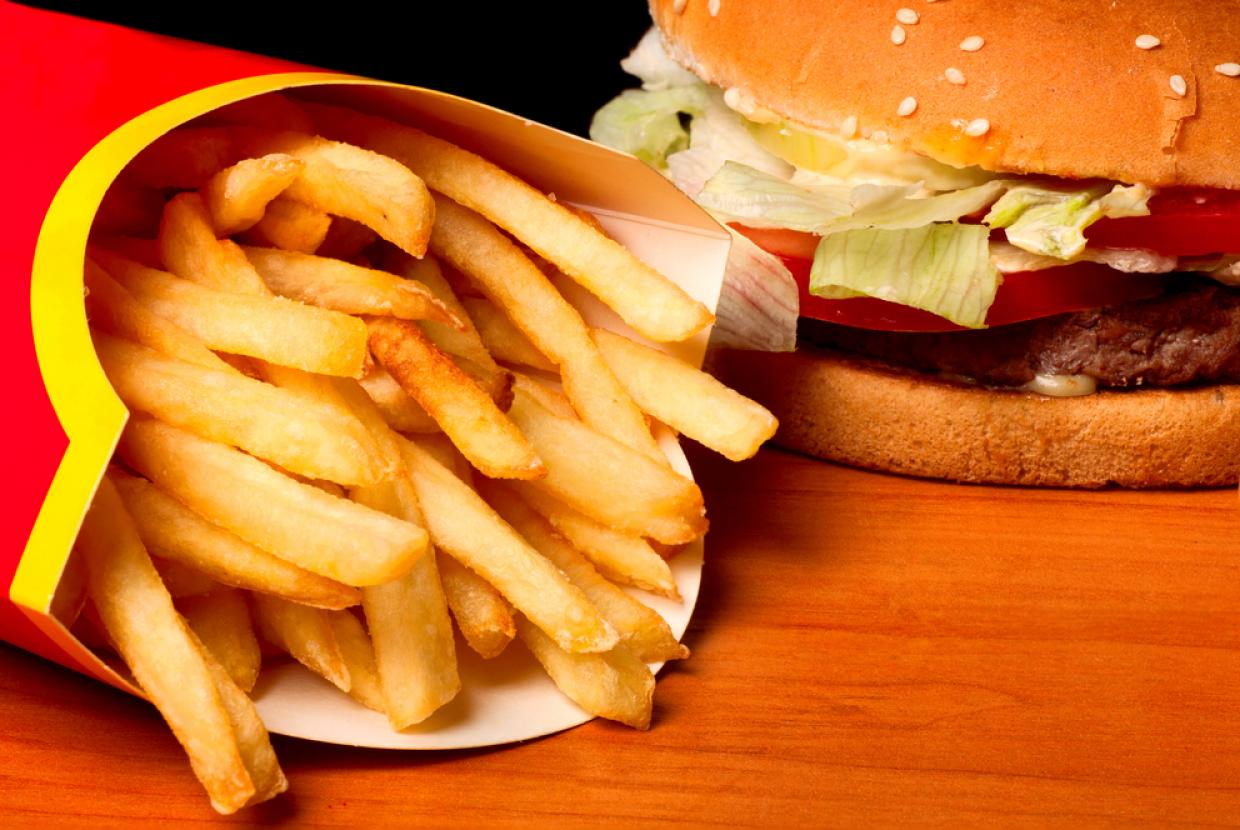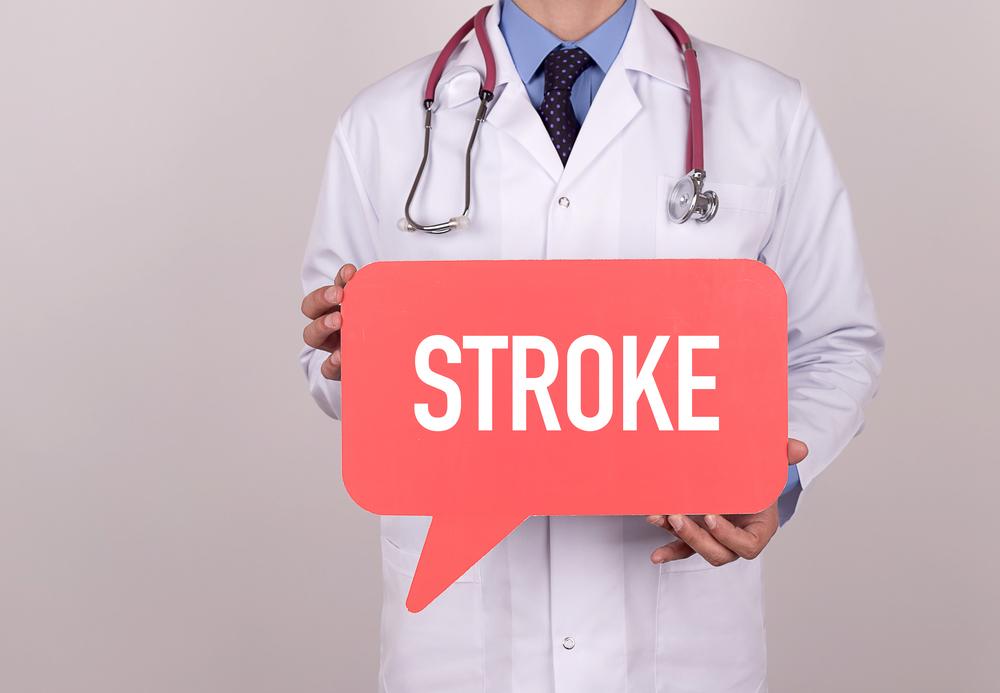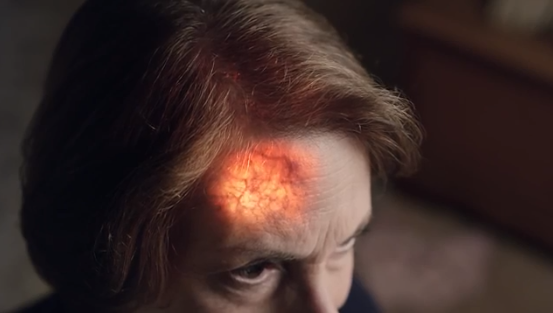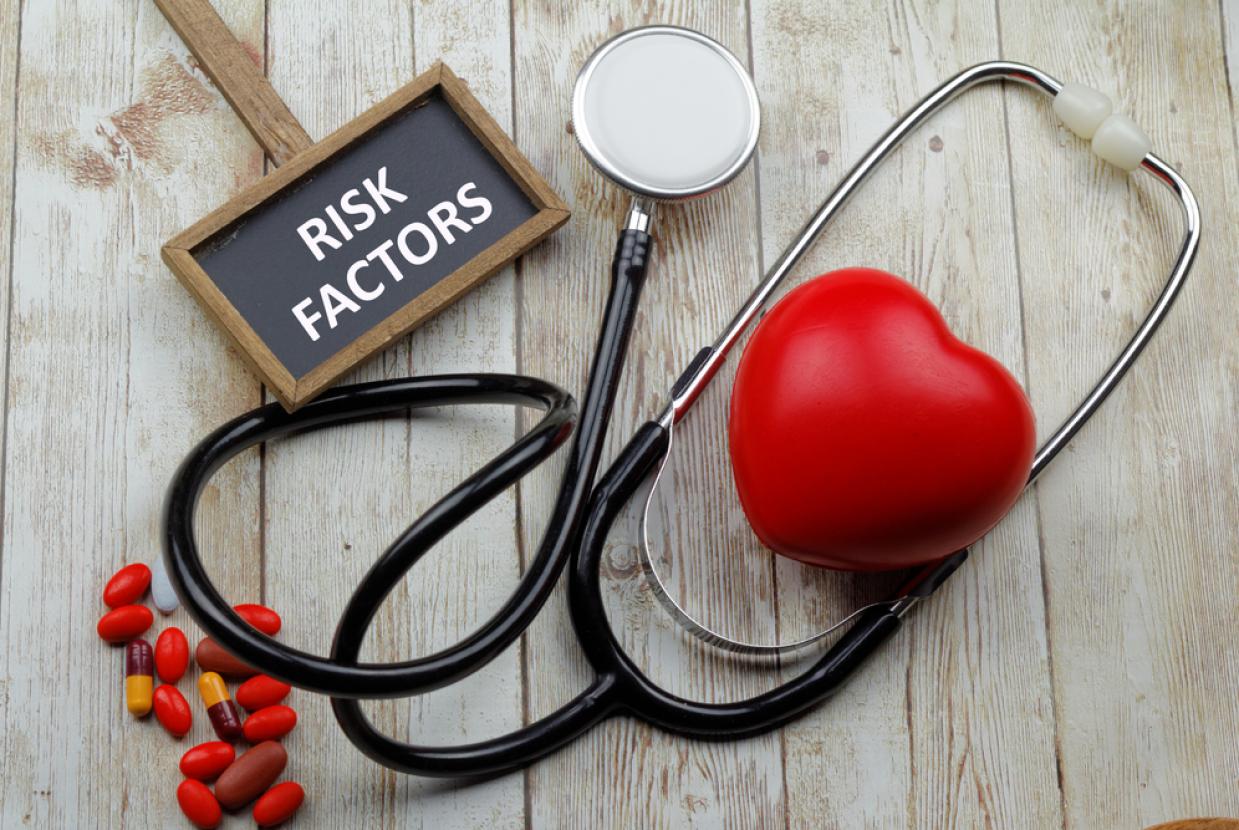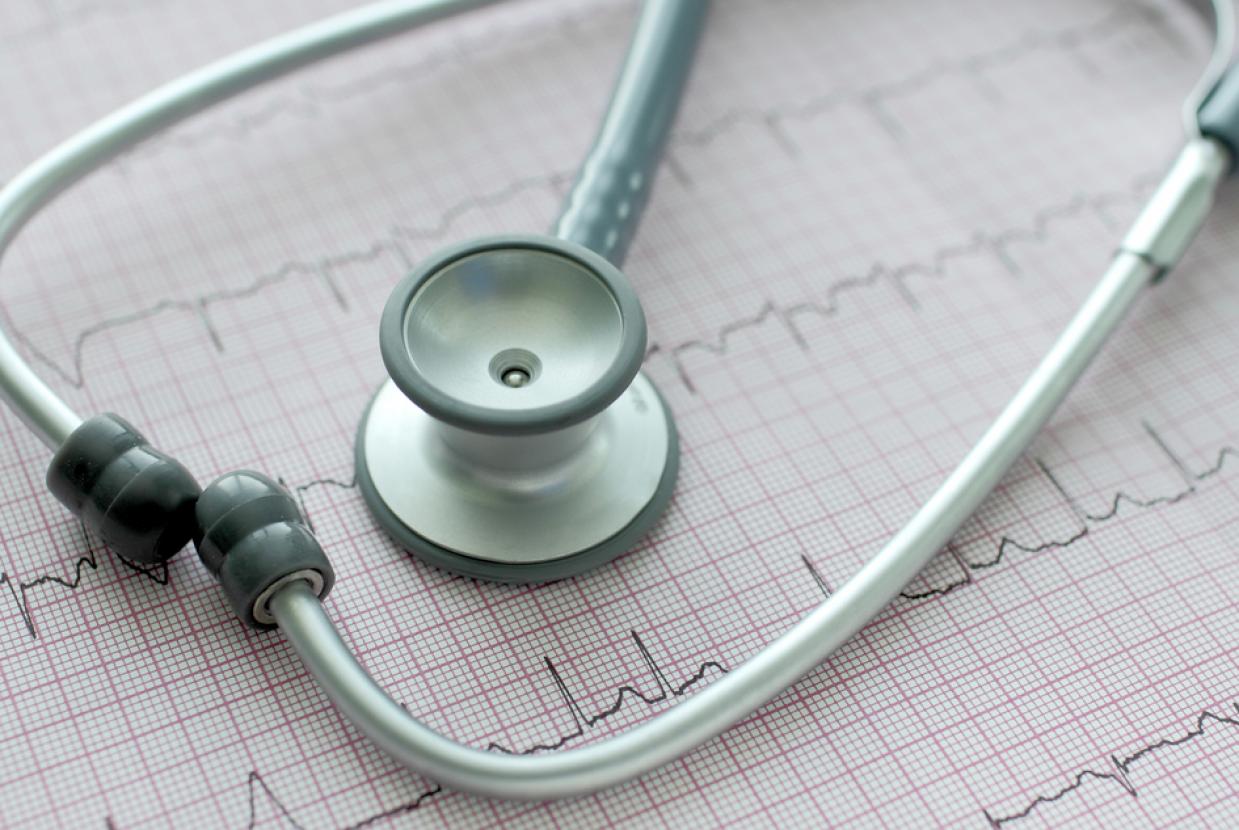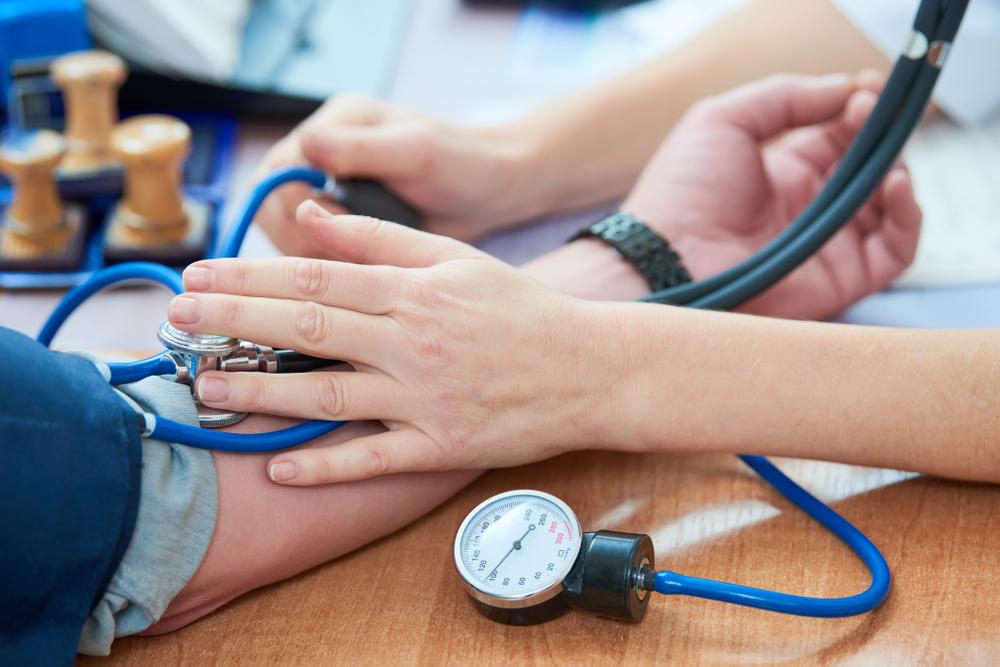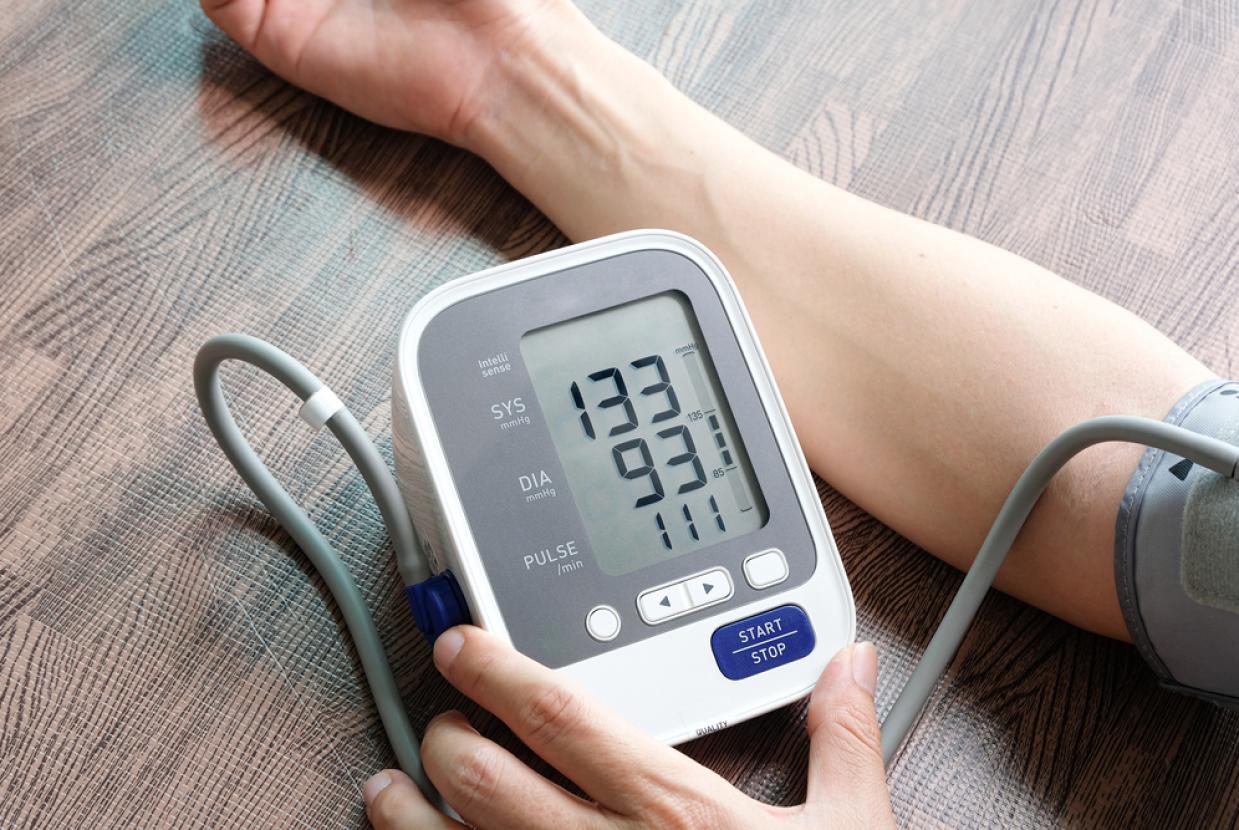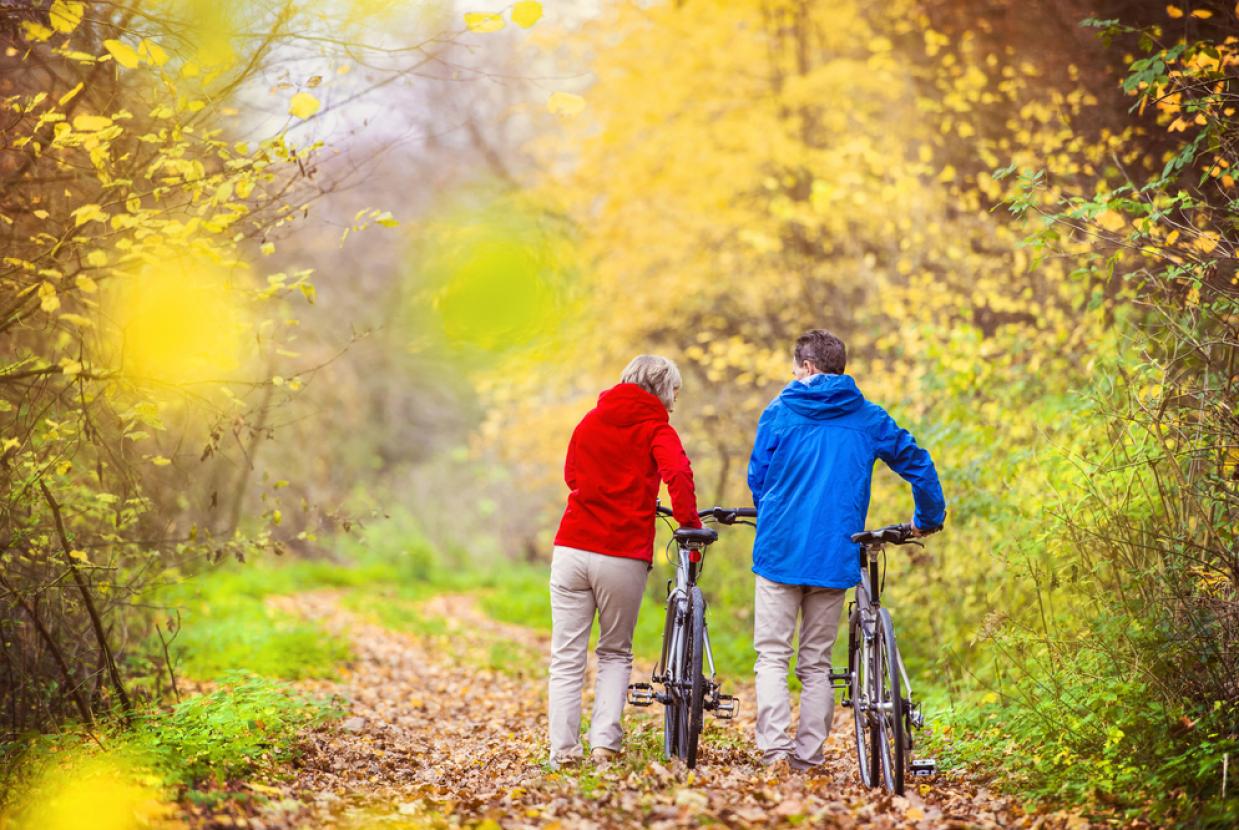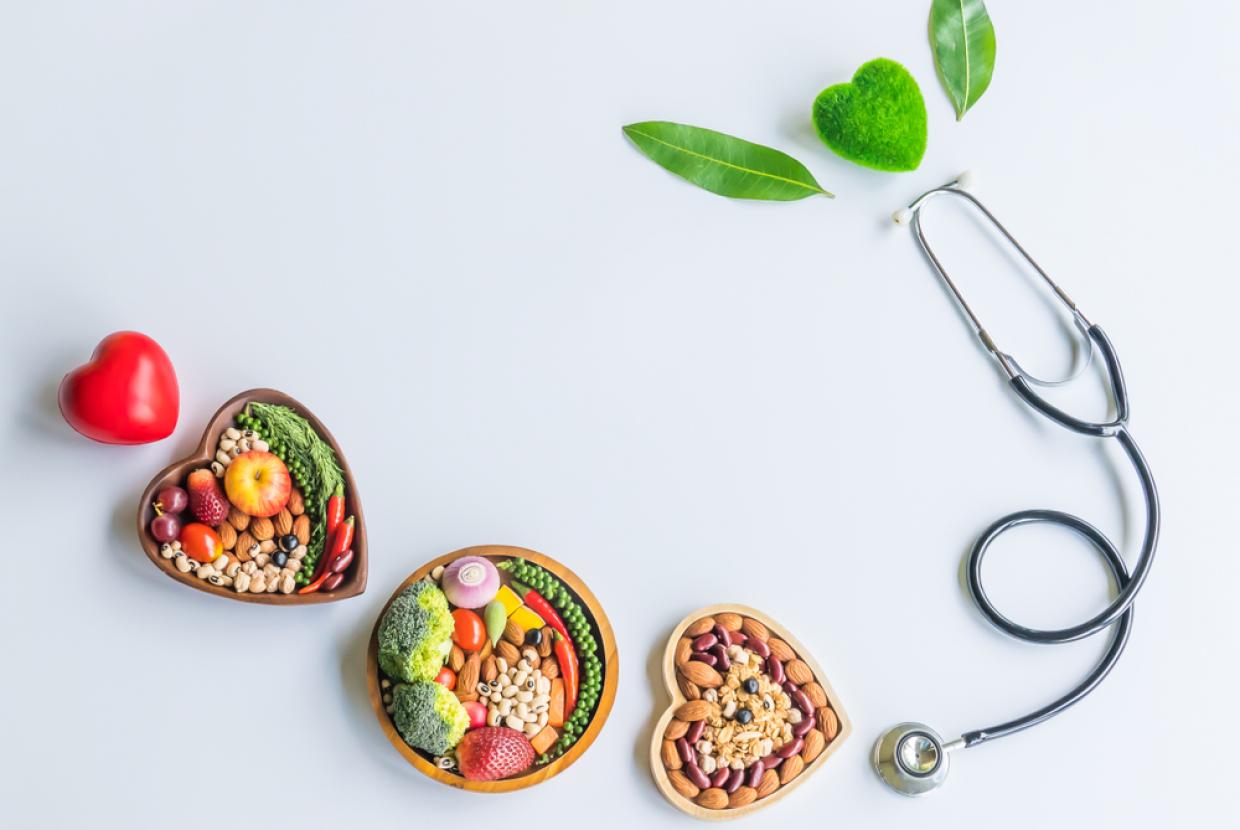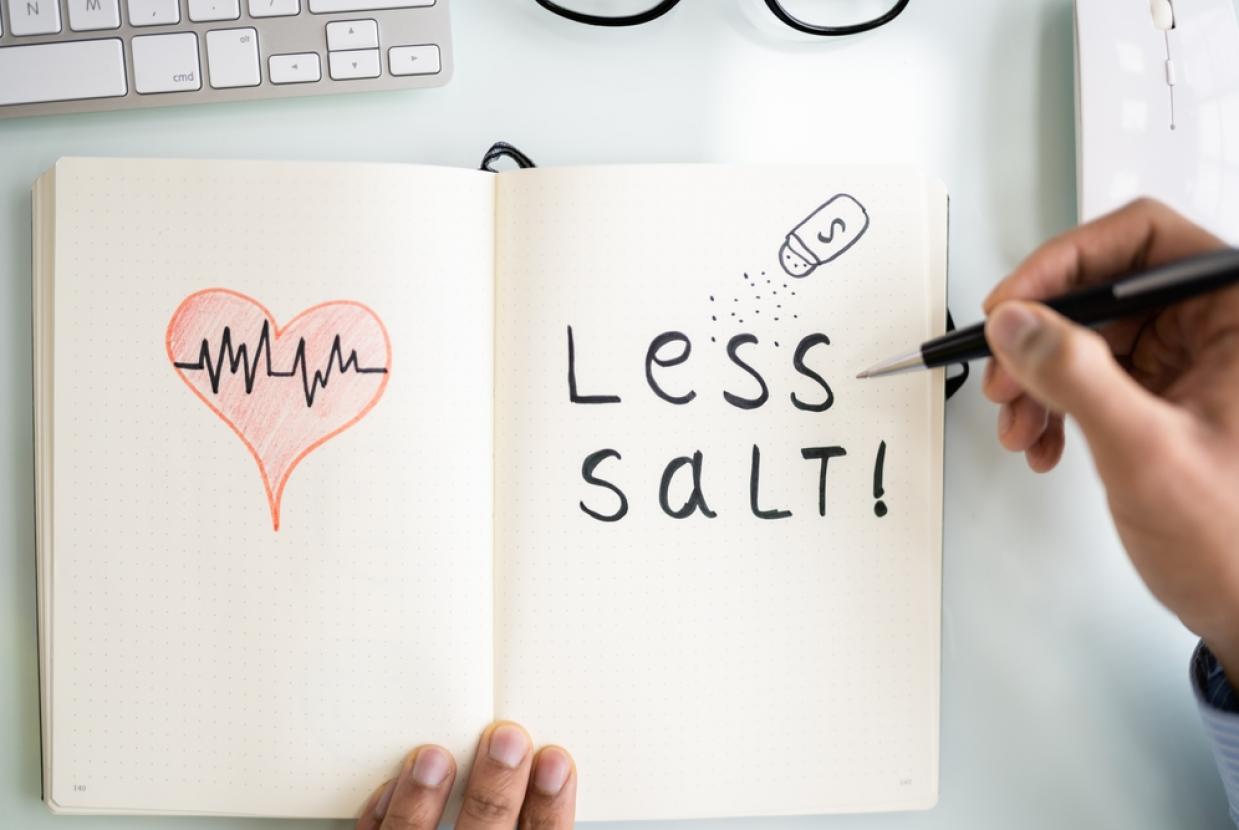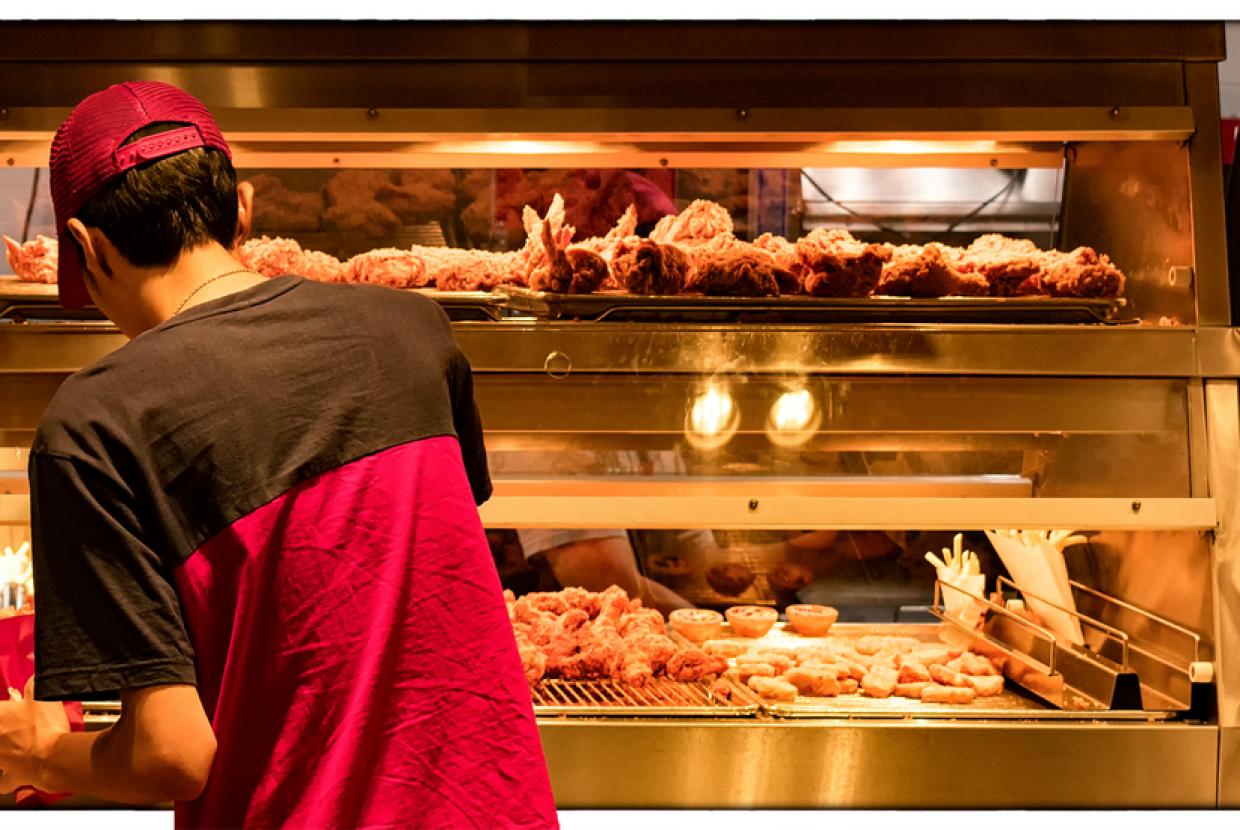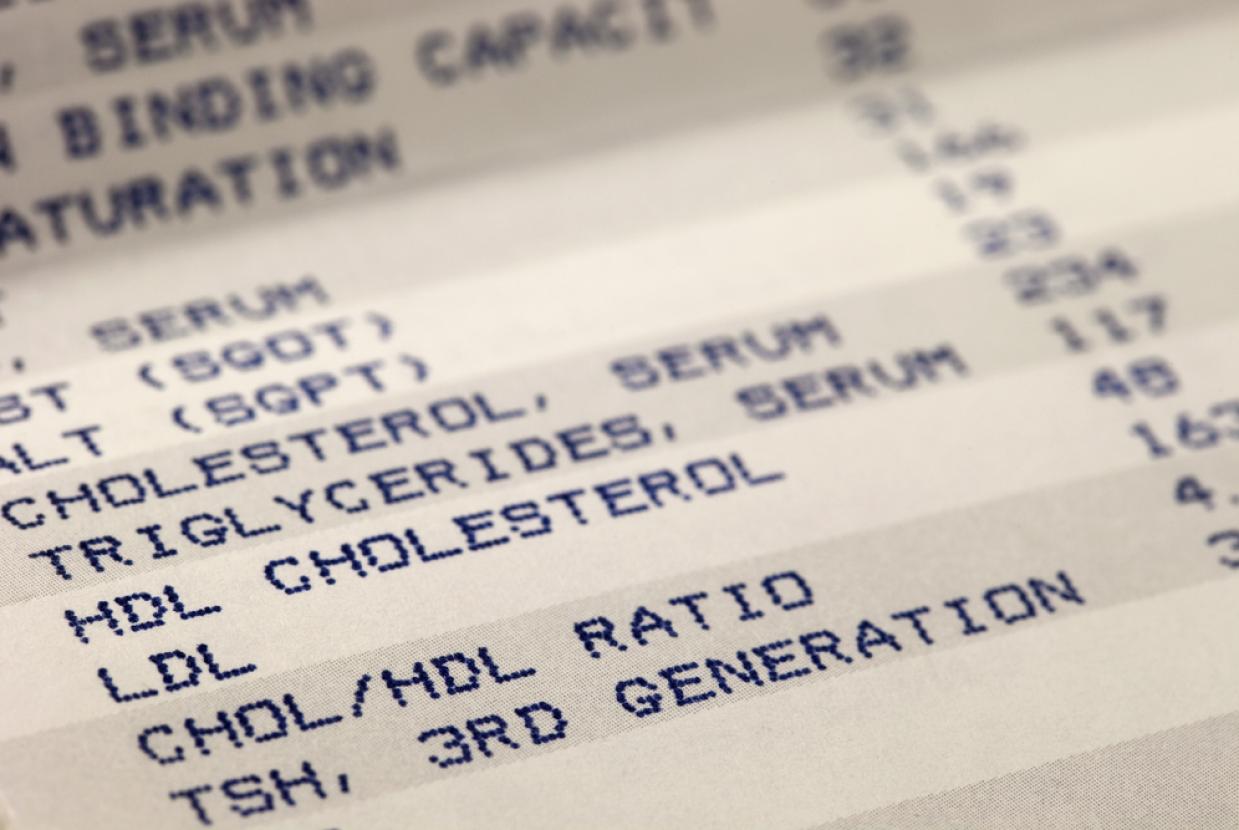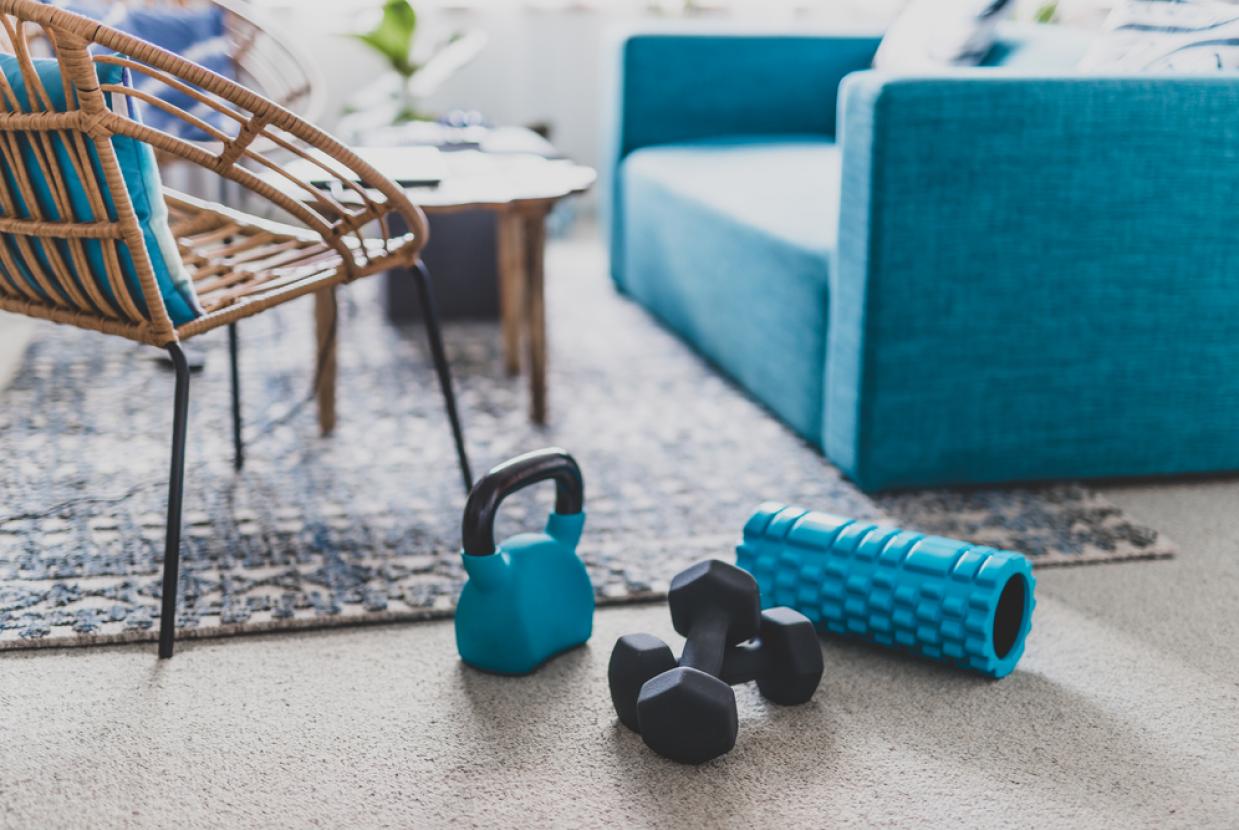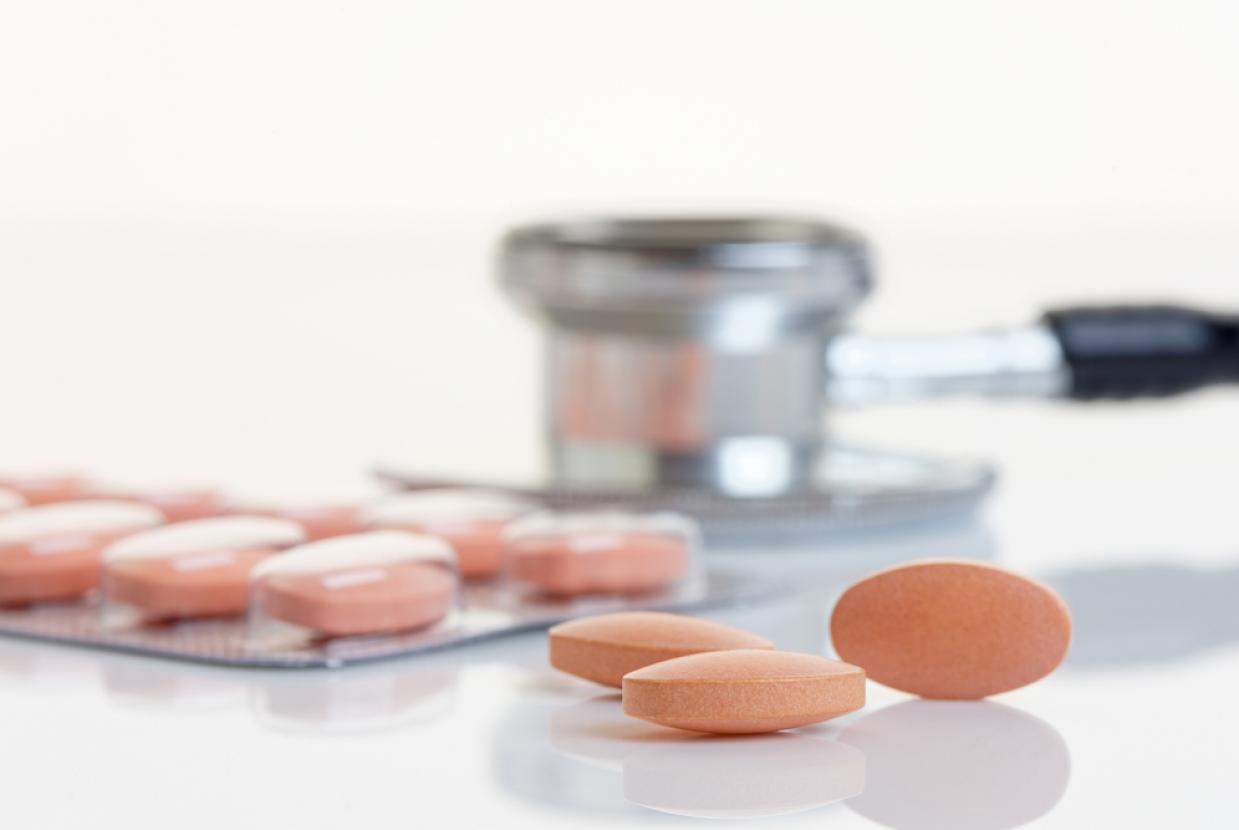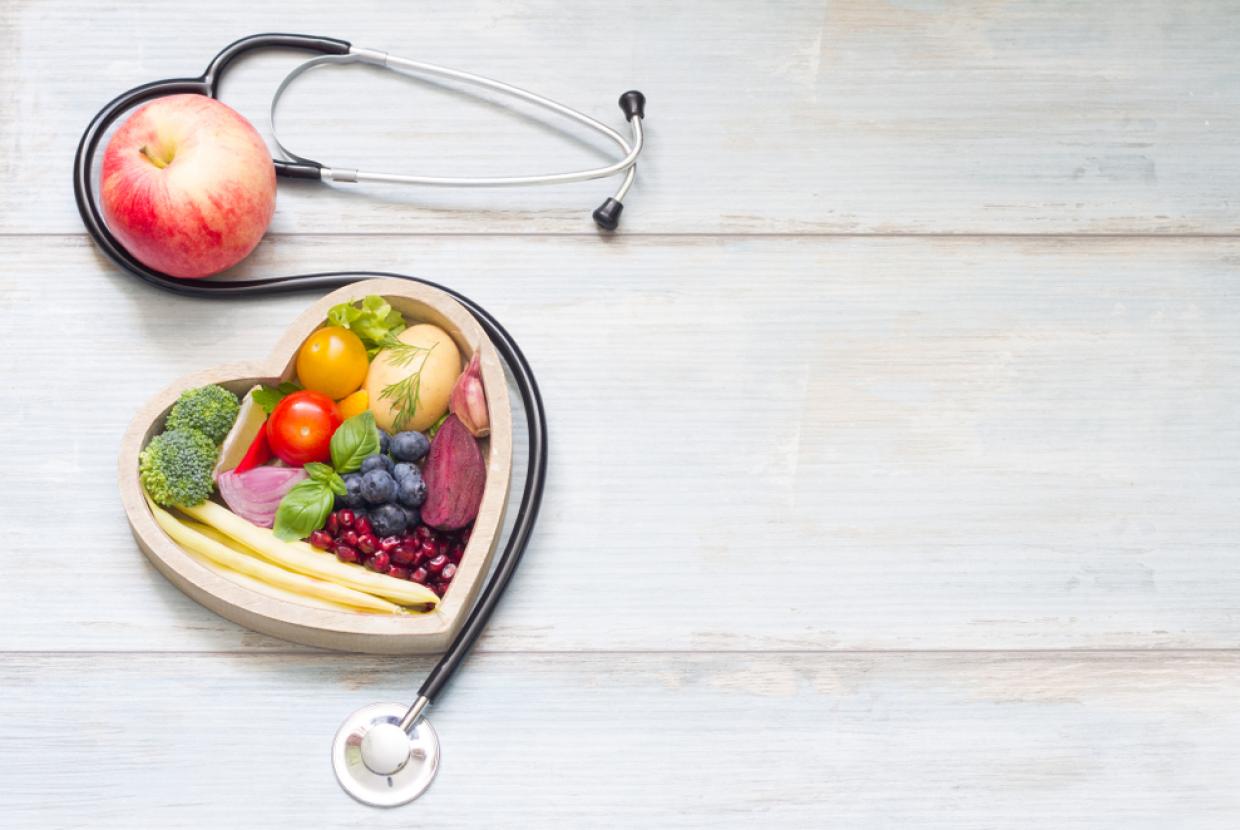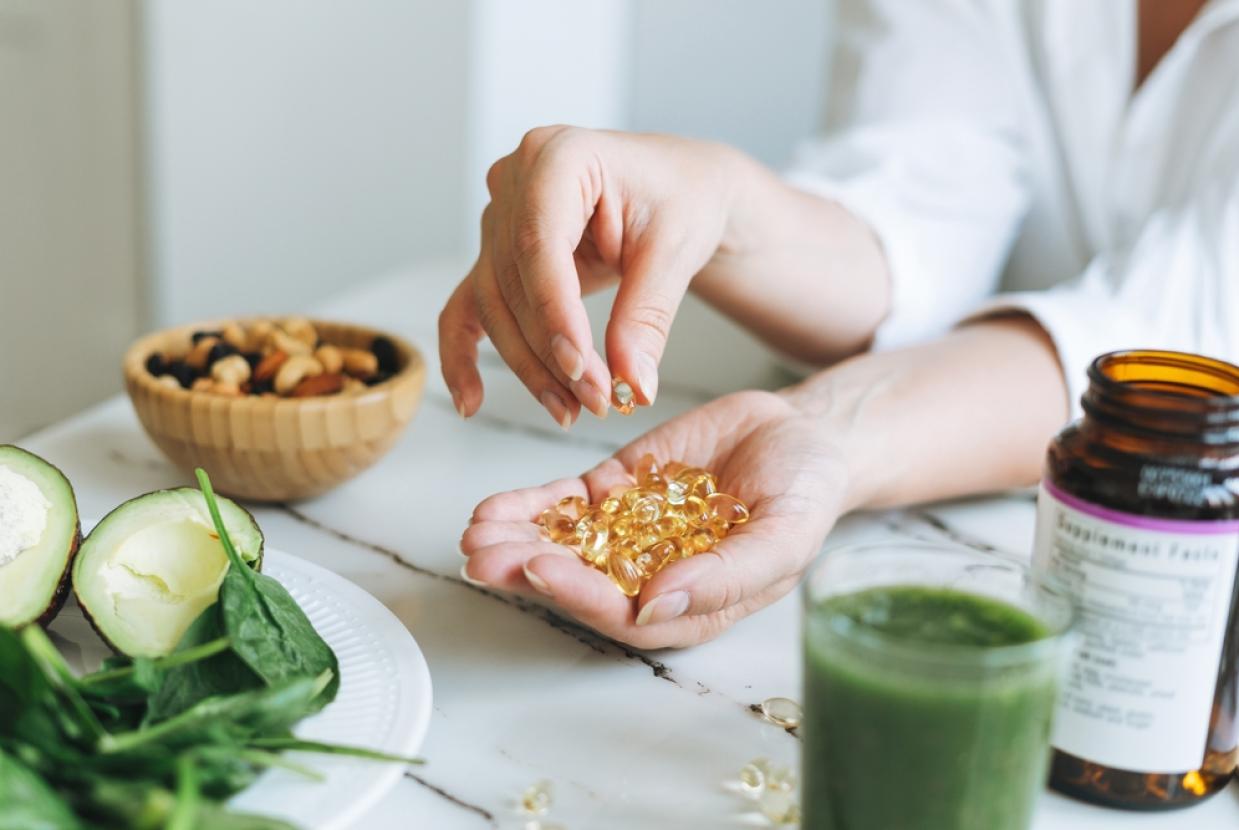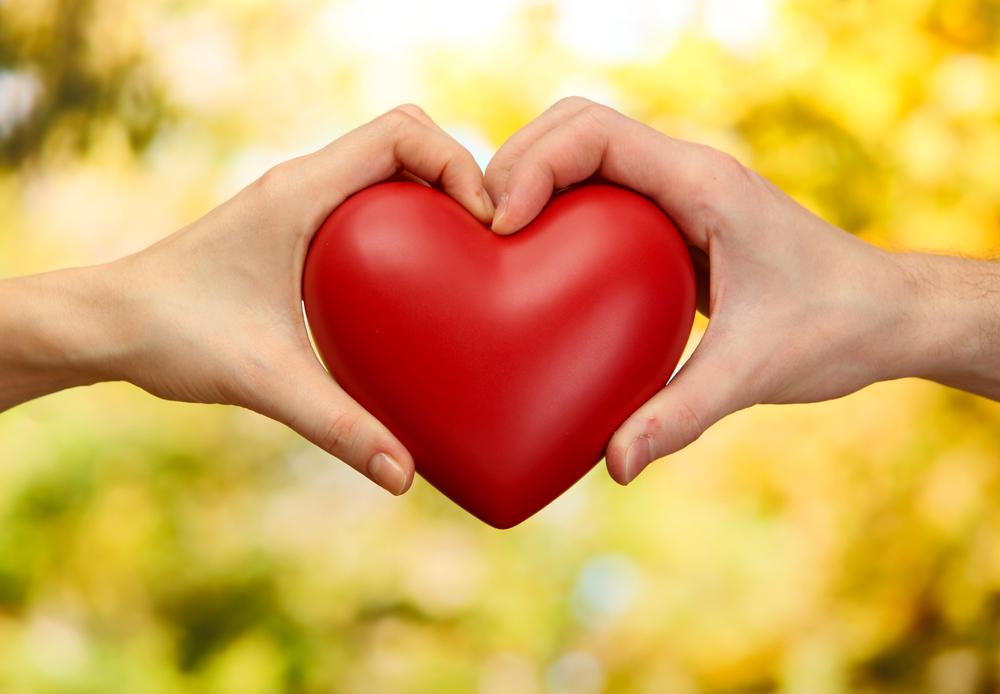How To Perform CPR
Cardiopulmonary resuscitation (CPR) is also known as mouth-to-mouth. It's a mix of mouth-to-mouth rescue breaths and chest compressions.
A chest compression is when you apply pressure to someone's chest who is not breathing.
You do this to keep blood and oxygen flowing in the body.
Information:
You do not have to do the mouth-to-mouth part to save a life, but you must do the compressions.
Do CPR until help arrives
Stay on the phone. The emergency call operator will guide you on what to do next.
They'll give you instructions on how to do CPR, if it's needed.
If you are doing CPR, send someone to get an automated external defibrillator (AED).
It is crucial to continue CPR until paramedics arrive.
Information:
Even though you are still on the call, ambulance paramedics are on their way to you.
How to give CPR to a child age 1 year and older
Open the airway
- Put one hand on their forehead.
- Tilt their head back.
- Lift their chin.
If you can see an object in their mouth or nose, try to remove it.
Put one hand on their forehead, one hand under their chin and tilt their head back
Do 30 chest compressions
- Place your hands on the centre of their chest.
- With the lower part of your hand, press up and down one-third of the depth of their chest using one or two hands.
Give 2 breaths after every 30 compressions
- After every 30 chest compressions, give 2 breaths.
- Continue with cycles of 30 chest compressions and 2 rescue breaths.
Do this until 1 of the following happens:
- they begin to recover
- emergency help arrives
- an AED is used
Switch the AED to child mode if your child is under age 8 or use adult mode if child mode is not available. Follow the instructions on the AED or from the emergency call operator.
How to give CPR to babies under 1 year
Open the airway
- Put one hand on their forehead.
- Tilt their head back.
- Lift their chin.
If you can see an object in their mouth or nose, try to remove it.
Do 30 chest compressions
- Place two fingers in the middle of their chest.
- Press down one-third of the depth of the chest and release.
Do the compressions slightly faster than 1 a second. Push hard. Push fast.
Give 2 breaths after every 30 compressions
- After 30 of these chest compressions, give 2 breaths.
- Continue with cycles of 30 chest compressions and 2 rescue breaths.
Do this until 1 of the following happens:
- they begin to recover
- emergency help arrives
- an AED is used
Switch the AED to child mode if your child is under age 8 or use adult mode if child mode is not available. Follow the instructions on the AED or from the emergency call operator.



